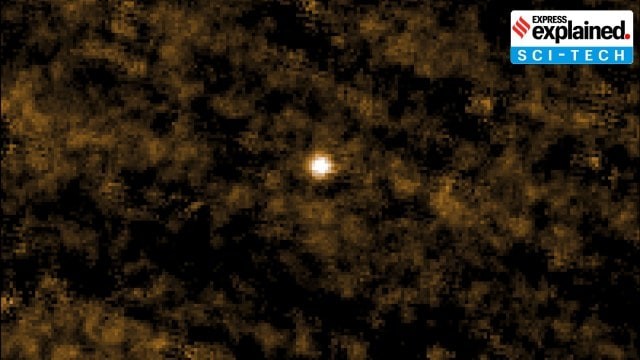





Source: Hindu
Disclaimer: Copyright infringement not intended.
Scientists at the IISc, Bengaluru, are reporting a momentous breakthrough in neuromorphic, or brain-inspired, computing technology that could potentially allow India to play in the global AI race.
| Aspect | Details |
|
Definition |
●Neuromorphic computing is also known as neuromorphic engineering. ●It is a branch of computing that designs hardware and software to mimic the neural structures and functions of the human brain. |
|
Origins |
●Emerged in the 1980s when Misha Mahowald and Carver Mead pioneered the development of silicon neurons, synapses, and retinas. |
|
Key Components |
●Neurons: Store and process data (similar to biological neurons). ●Synapses: Form connections between neurons, adjust their weights over time. ●Spiking Neural Networks (SNNs): Event-driven neural networks based on neuron spikes. |
|
Algorithms |
●Deep Learning: Converts deep neural networks to spiking neural networks. ●Evolutionary Algorithms: Bio-inspired methods for optimizing neural networks. ●Plasticity: Mimicking neural plasticity by adjusting synaptic weights. |
|
Benefits |
●Adaptability: Real-time learning and problem-solving. ●Energy Efficiency: Only active neurons consume energy, making it highly efficient. ●High Performance: Parallel processing and low latency in computations. |
|
Challenges |
●Decreased Accuracy: Loss of precision when converting from deep neural networks. ●Lack of Standards: Limited benchmarks for evaluating performance. ●Complexity: Requires interdisciplinary knowledge and a steep learning curve. |
|
Uses |
●Autonomous Vehicles: Faster processing for navigation and collision avoidance. ●Cybersecurity: Detects patterns indicating cyberattacks. ●Edge AI: Supports low-power devices like IoT sensors and smartphones. ●Robotics: Improves real-time decision-making in robots. |
Edge artificial intelligence refers to the deployment of AI algorithms and AI models directly on local edge devices such as sensors or Internet of Things (IoT) devices, which enables real-time data processing and analysis without constant reliance on cloud infrastructure.
READ ABOUT IoT: https://www.iasgyan.in/daily-current-affairs/internet-of-things-iot#:~:text=The%20internet%20of%20things%2C%20or,human%2Dto%2Dcomputer%20interaction.

|
Category |
Description |
|
Definition |
●Neurons are specialized cells of the nervous system responsible for transmitting electrical and chemical signals. |
|
Basic Structure |
●Cell body (Soma): Contains the nucleus. ●Dendrites: Receive signals. ●Axon: Sends signals away. |
|
Types of Neurons |
●Sensory Neurons: Carry signals from sensory organs to Central Nervous System (CNS). ●Motor Neurons: Send signals from CNS to muscles. ●Interneurons: Connect neurons within CNS. |
|
Synapse |
●Junction between two neurons where neurotransmitters are released to transmit signals. |
|
Function |
●Process and transmit information through electrical impulses (action potentials). |
Read about Artificial Intelligence:
Sources:
|
PRACTICE QUESTION Q:Consider the following statements about Neurons: 1. Node of Ranvier is a Fatty layer that insulates axons and speeds up signal transmission. 2. Myelin Sheath is a gap where action potentials are regenerated for faster signal transmission. Which of the above statements is/are correct? a) 1 only b) 2 only c) Both 1 and 2 d) Neither 1 nor 2 Answer: d Explanation: 1st statement is incorrect: Myelin sheath is a Fatty layer that insulates axons and speeds up signal transmission (produced by Schwann cells or oligodendrocytes). 2nd statement is incorrect: Node of Ranvier is a Gap in the myelin sheath where action potentials are regenerated for faster signal transmission (saltatory conduction). |





© 2025 iasgyan. All right reserved